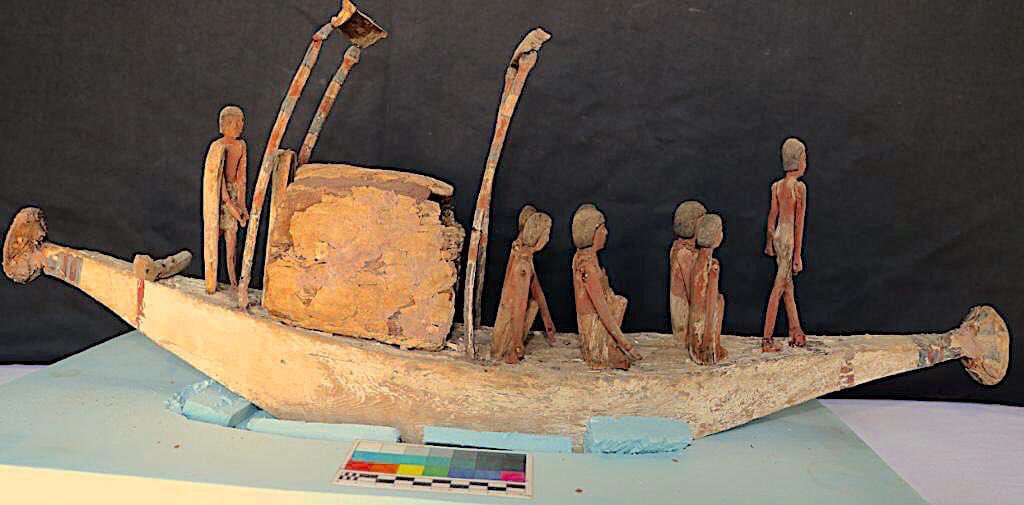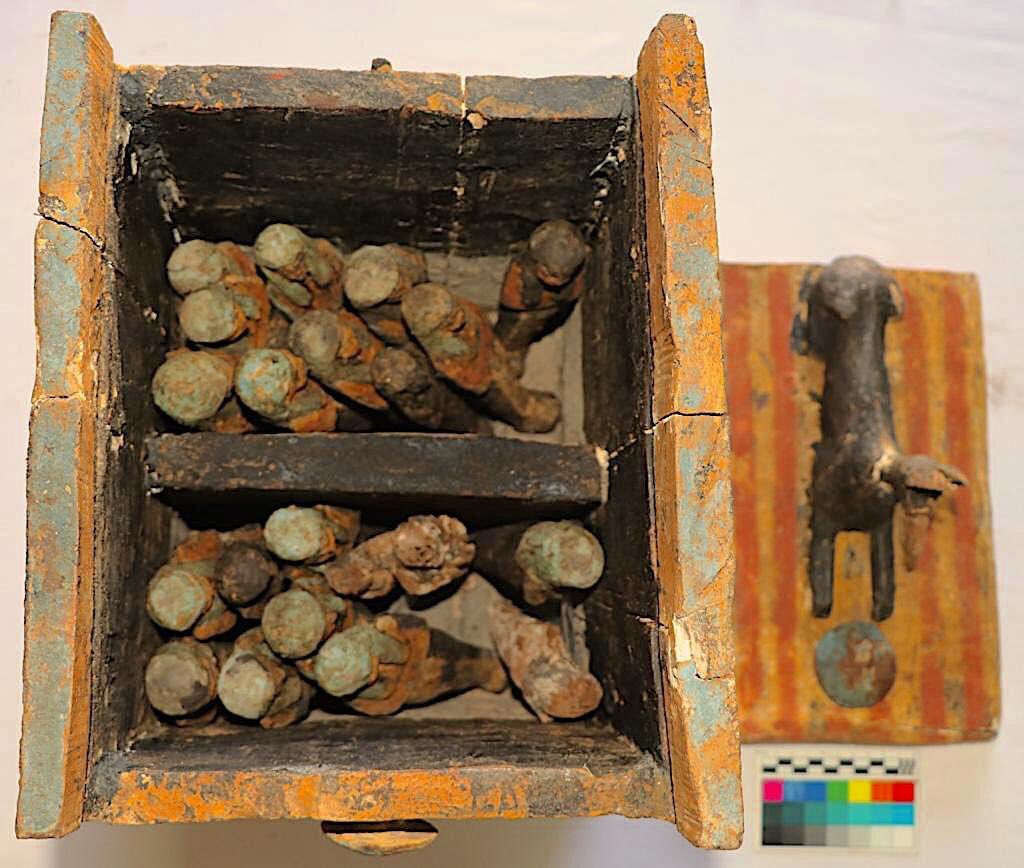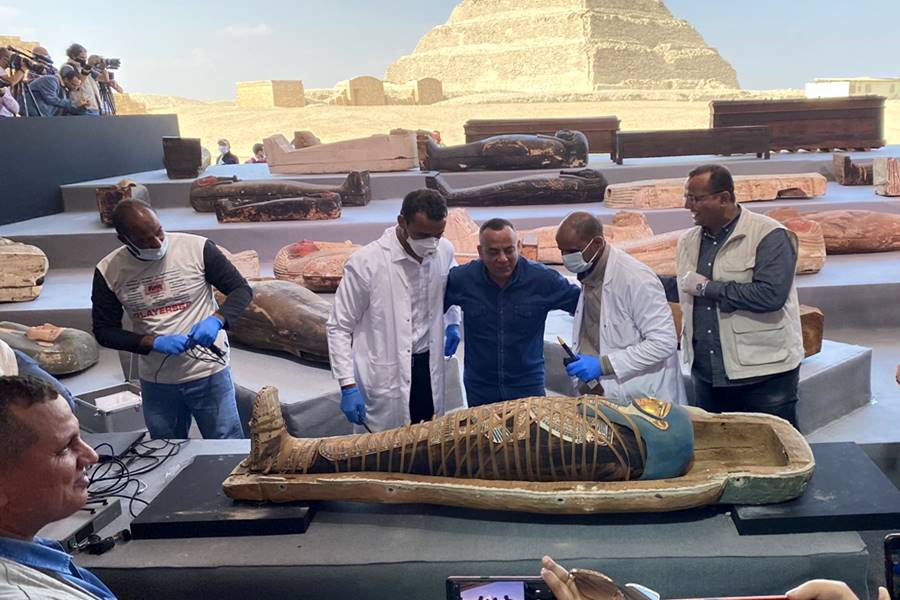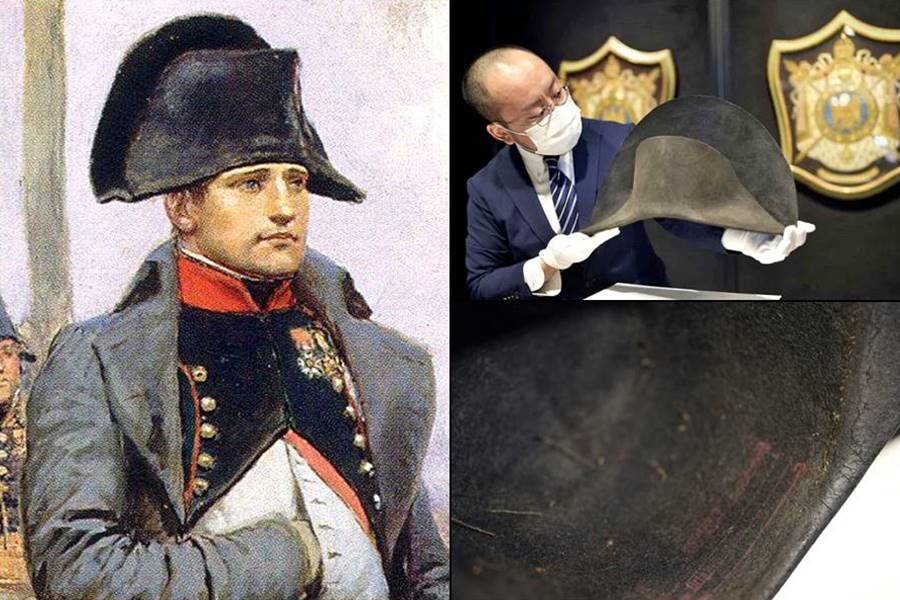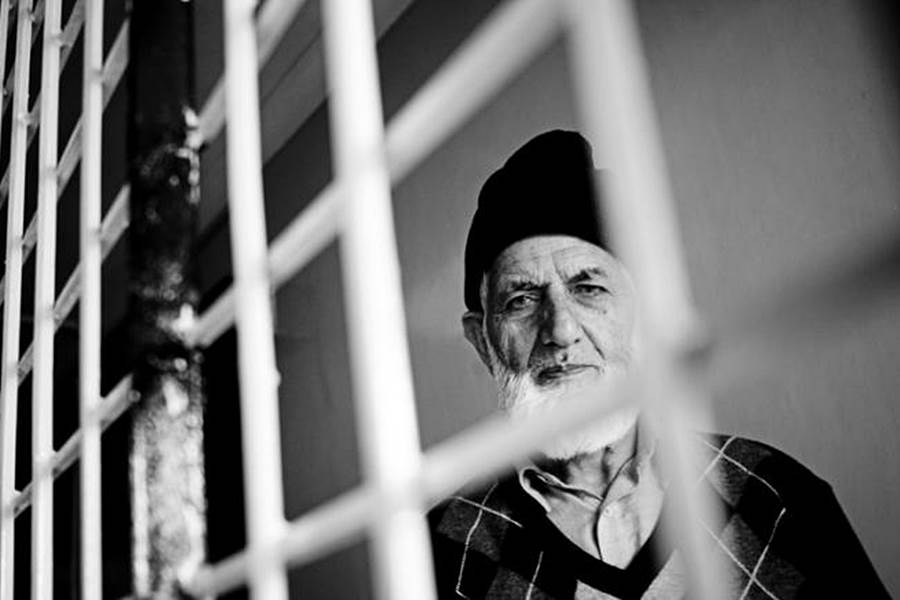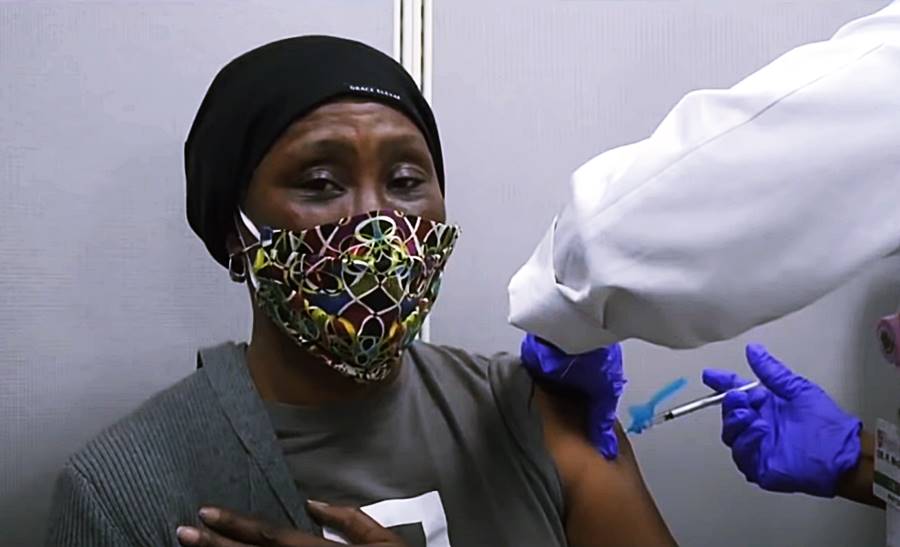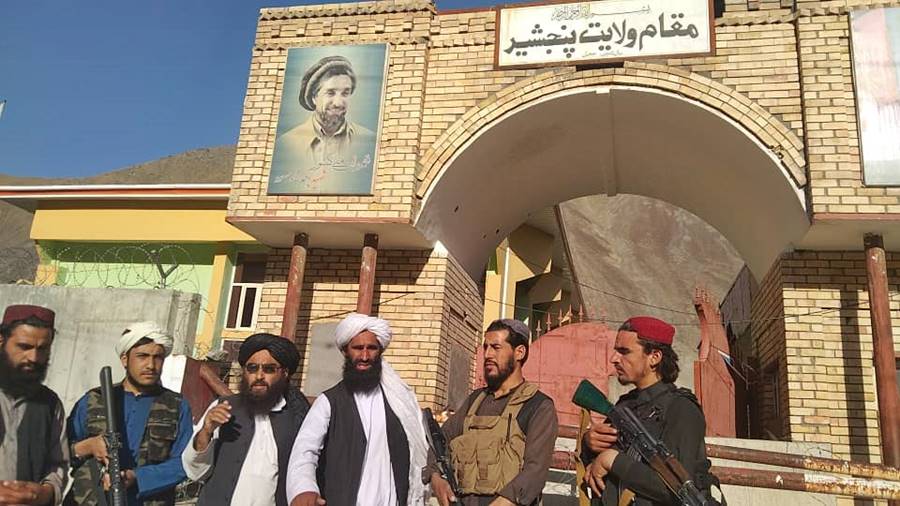Sun 17 January 2021:
Egypt’s Ministry of Tourism and Antiquities announced on Saturday a new batch of major discoveries in the Saqqara Necropolis archaeological site.
The tourism and antiquities ministry said the “major discoveries” made by a team of archaeologists headed by renowned Egyptologist Zahi Hawass, also included more than 50 sarcophagi.
Zahi Hawass said discoveries made recently will make Saqqara an important tourist and cultural destination.
The wooden sarcophagi, which date back to the New Kingdom, were found in 52 burial shafts at depths of 10 to 12 meters (40 feet), the ministry said in a statement.
It quoted Hawass as saying that the “funerary temple of Queen Naert, the wife of King Teti” as well as three warehouses made of bricks were found on the site.
Saqqara, home to more than a dozen pyramids, ancient monasteries and animal burial sites, is a vast necropolis of the ancient Egyptian capital of Memphis, a UNESCO World Heritage Site.
Last November, in a major discovery, a collection of 100 intact 26th Dynasty coffins were unearthed in the necropolis, in addition to golden funerary masks and a collection of 40 wooden statues of Saqqara goddess Ptah Soker.
The Saqqara Necropolis is located next to the Pyramid of King Teti, the first king of the Sixth Dynasty of the Old Kingdom.
The new discoveries “will rewrite the history of this region, especially during the 18th and 19th dynasties of the New Kingdom, during which King Teti was worshiped, and the citizens at that time were buried around his pyramid,” added the statement.
In November, Egypt announced the discovery of more than 100 intact sarcophagi, in the largest such find of the year.
The sealed wooden coffins, unveiled alongside statues of ancient deities, dated back to more than 2,500 years and belonged to top officials of the Late Period and the Ptolemaic period of ancient Egypt.
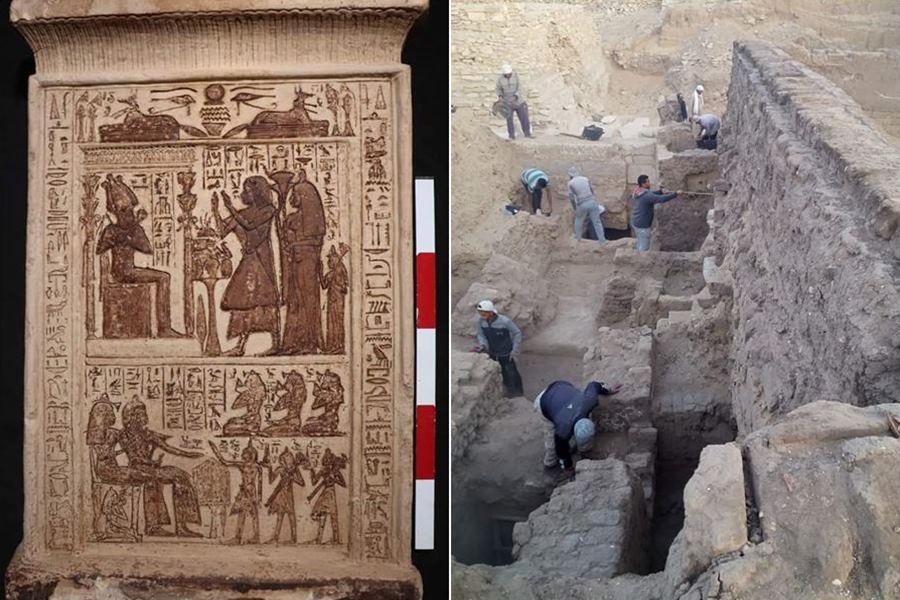
At the time, Antiquities and Tourism Minister Khaled al-Anani predicted that “Saqqara has yet to reveal all of its contents.”
In the statement released Saturday, Hawass said the latest discovery could shed new light on the history of Saqqara during the New Kingdom, between the 16th century B.C. and the 11th century B.C.
The mission discovered the funerary temple of Queen Nearit, the wife of King Teti, a part of which was uncovered earlier, the statement said. The mission also discovered the layout of the temple in which the queen’s tomb was being revived.
The mission also found in the temple three mud-brick warehouses attached to the temple in the southeastern side. The stores were built to store temple provisions, offerings and tools that were used in the queen’s tomb.
Among the most important discoveries of the mission at the site was the unveiling of 52 burial shafts, 10-12 meters deep, containing hundreds of wooden coffins dating back to the New Kingdom.
This is the first time that coffins dating back 3,000 years have been found in the Saqqara region.
Painted on the surface of the anthropoid coffins are scenes of the gods that were worshiped during that period, in addition to various excerpts from the Book of the Dead that help the deceased cross to the other world.
The discovery confirmed that Saqqara was not used for burial during the Late Period only, but also during the New Kingdom.

Egypt hopes archaeological discoveries will spur tourism, a sector that has suffered multiple shocks, from a 2011 uprising to today’s coronavirus pandemic.
Later this year, and after several delays, authorities hope to inaugurate a new museum – the Grand Egyptian Museum – at the Giza plateau, home to the famed Giza pyramids.
There has been a flurry of excavations in recent years in Saqqara, home to the step pyramid of Djoser, one of the earliest built in ancient Egypt.
FOLLOW INDEPENDENT PRESS:
TWITTER (CLICK HERE)
https://twitter.com/IpIndependent
FACEBOOK (CLICK HERE)
https://web.facebook.com/ipindependent
Think your friends would be interested? Share this story!



